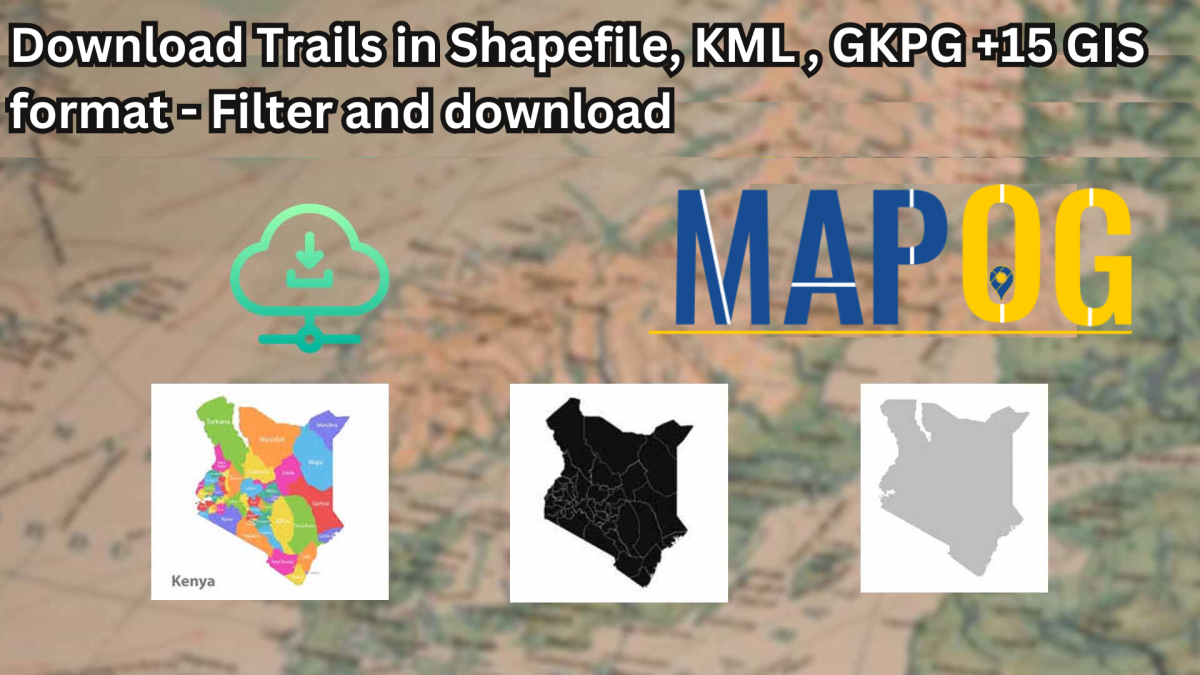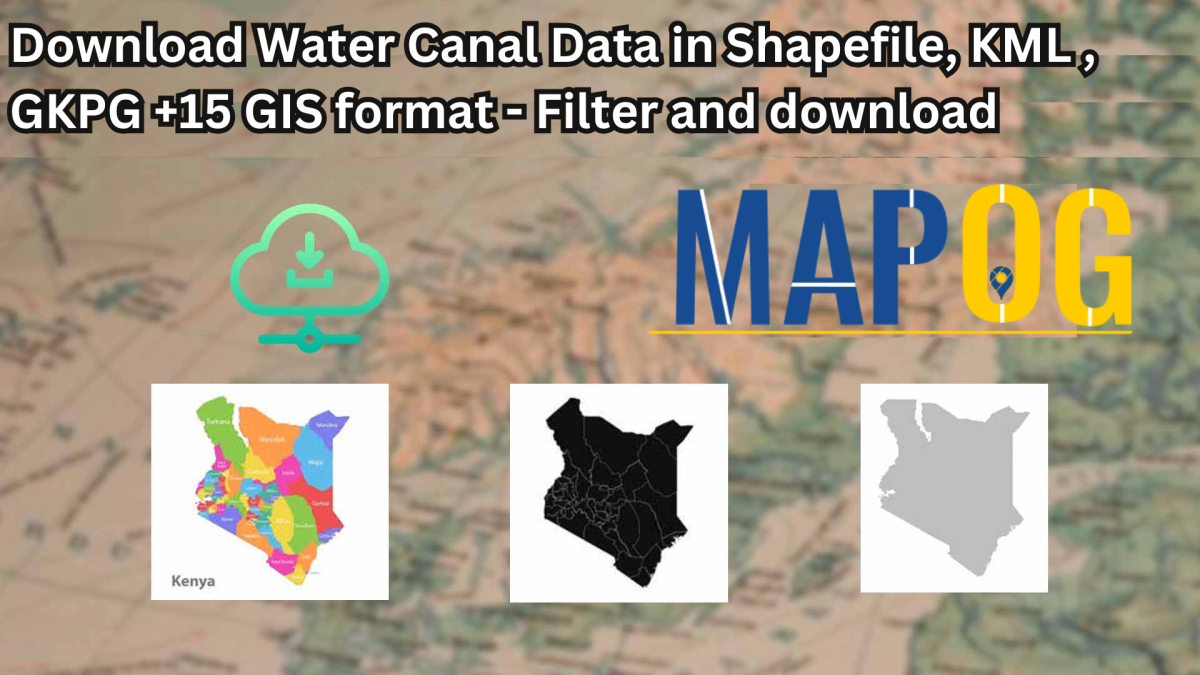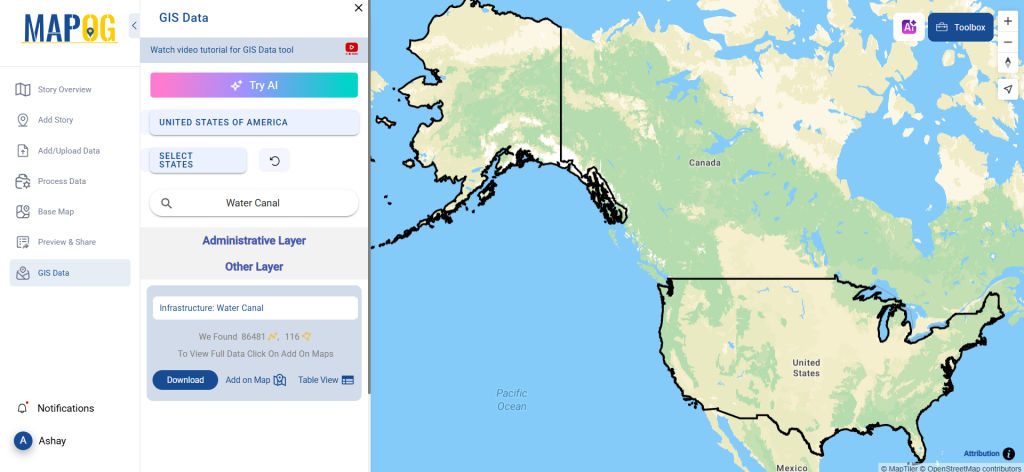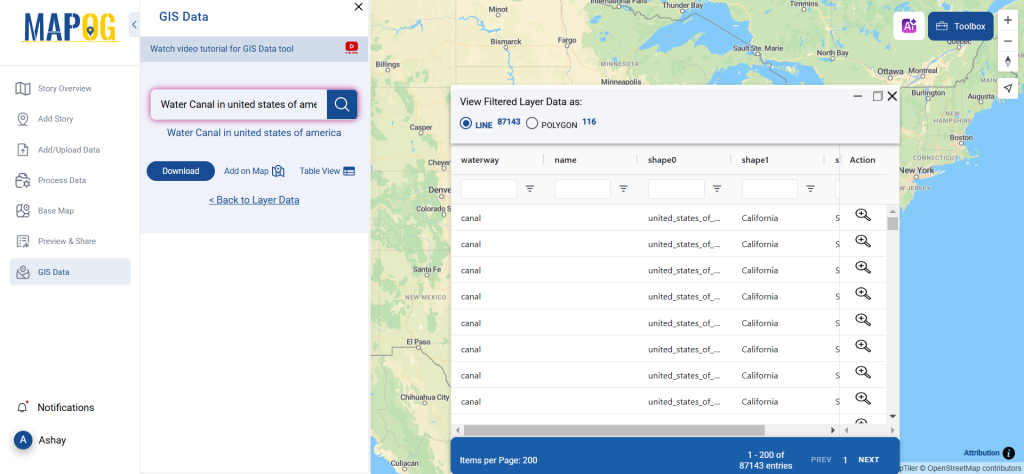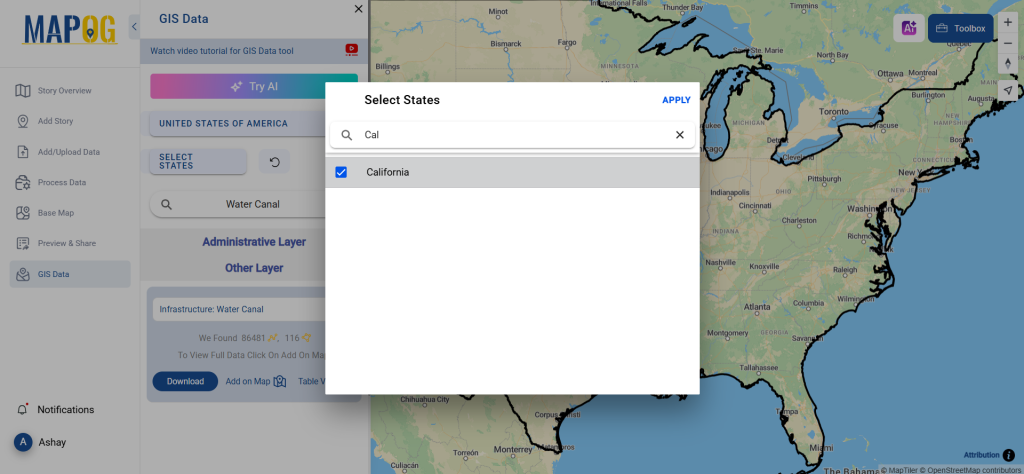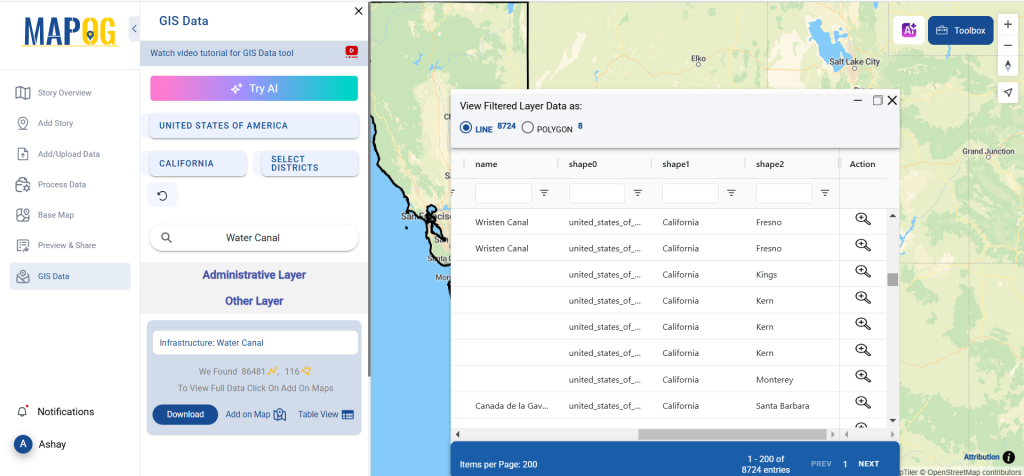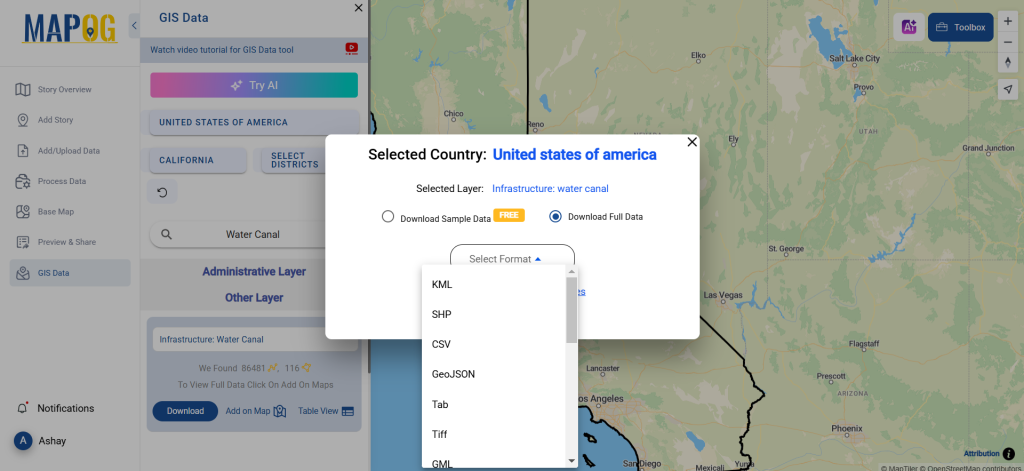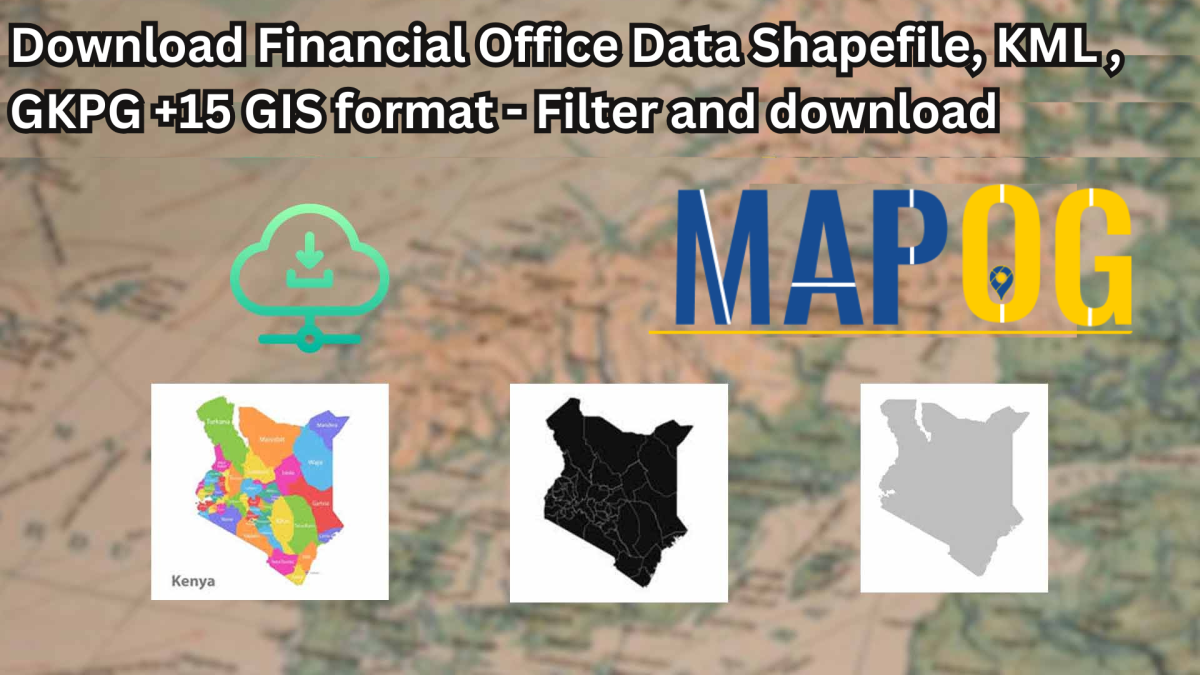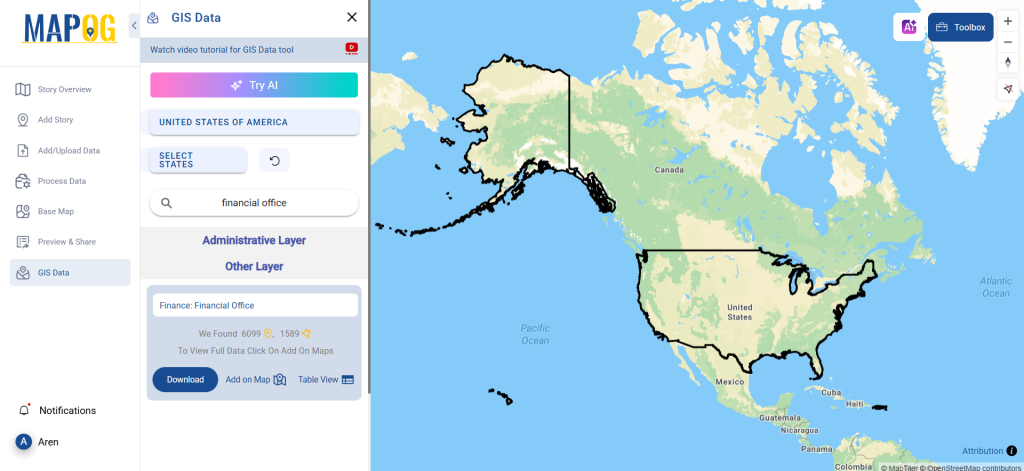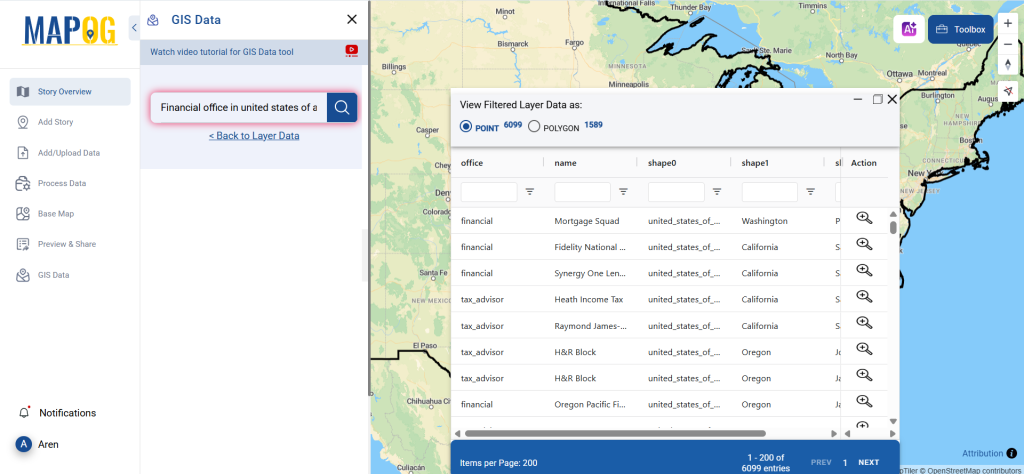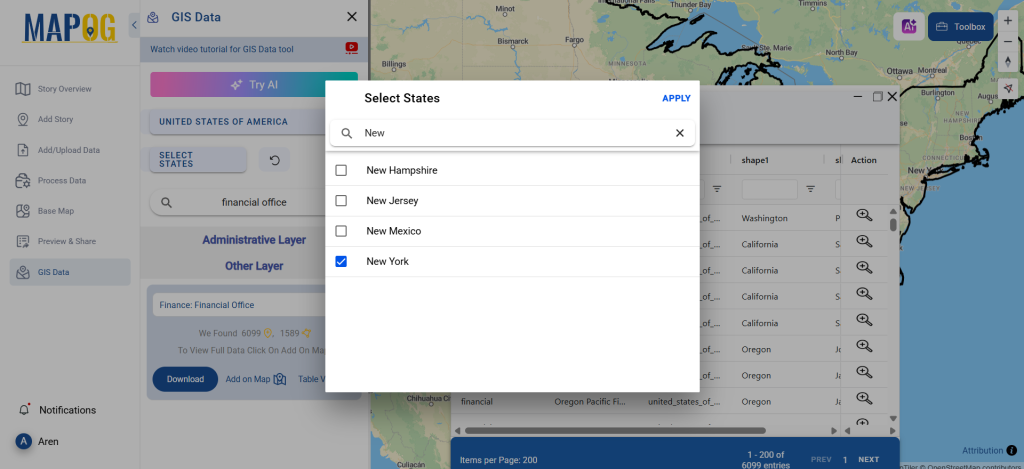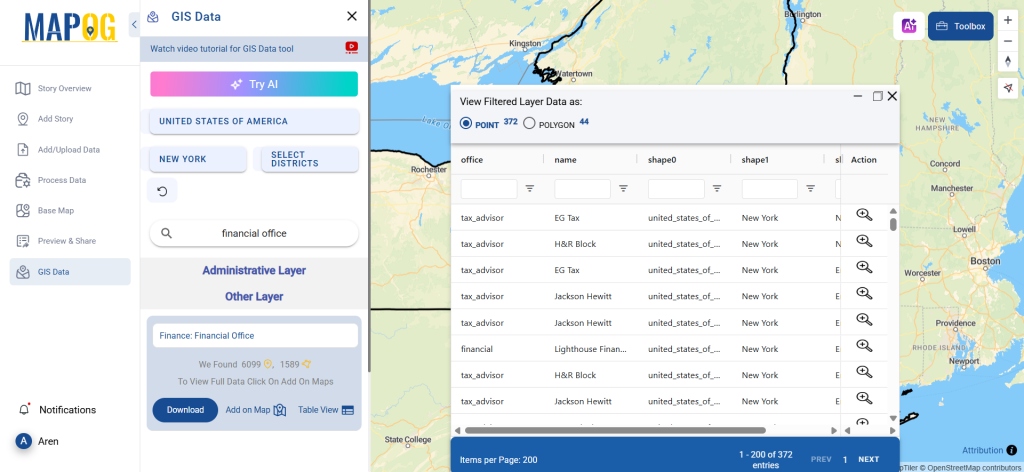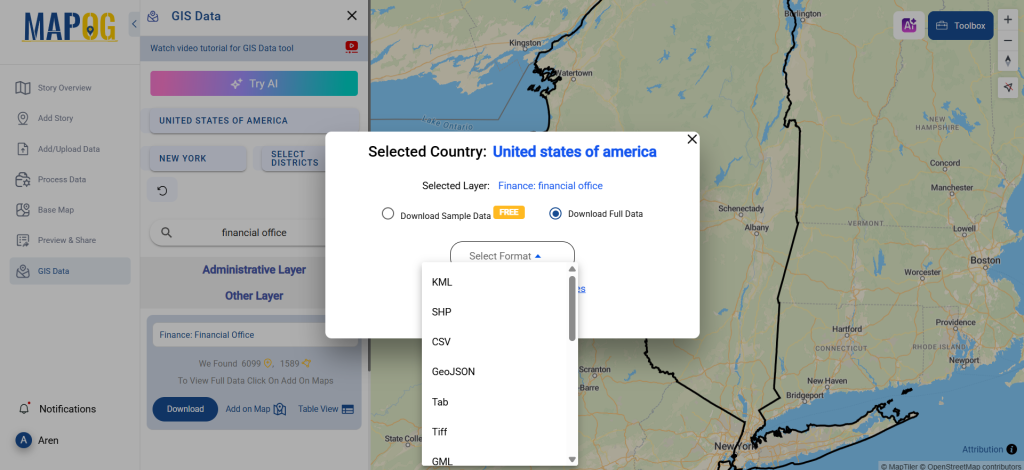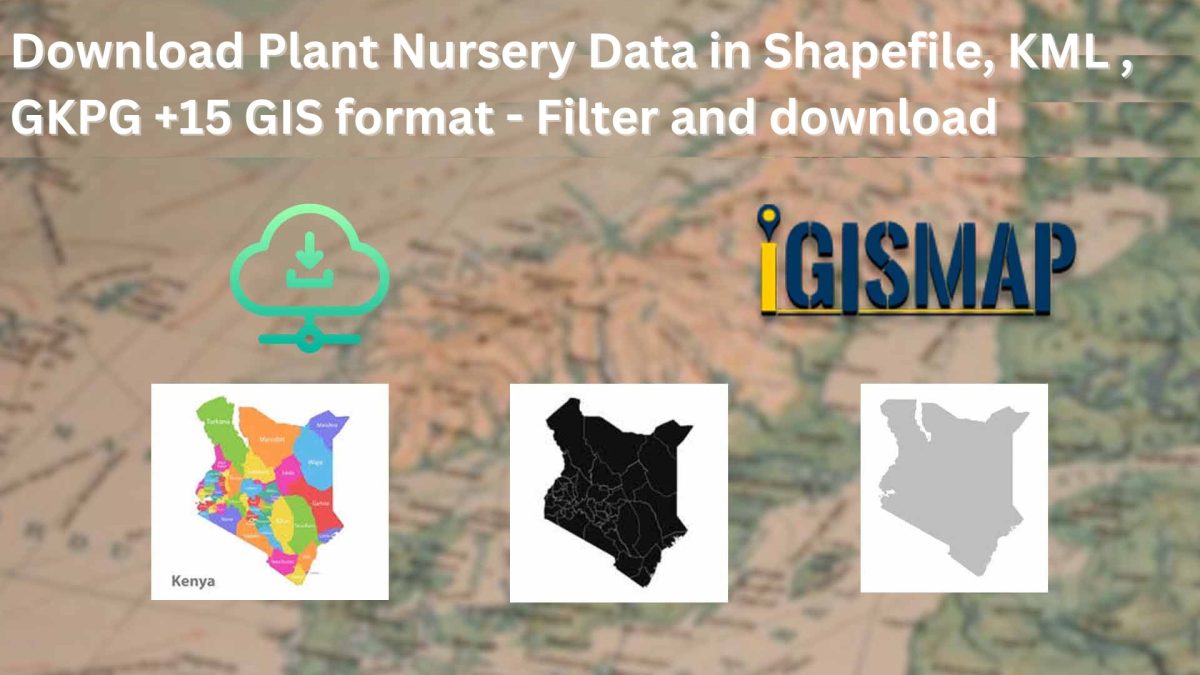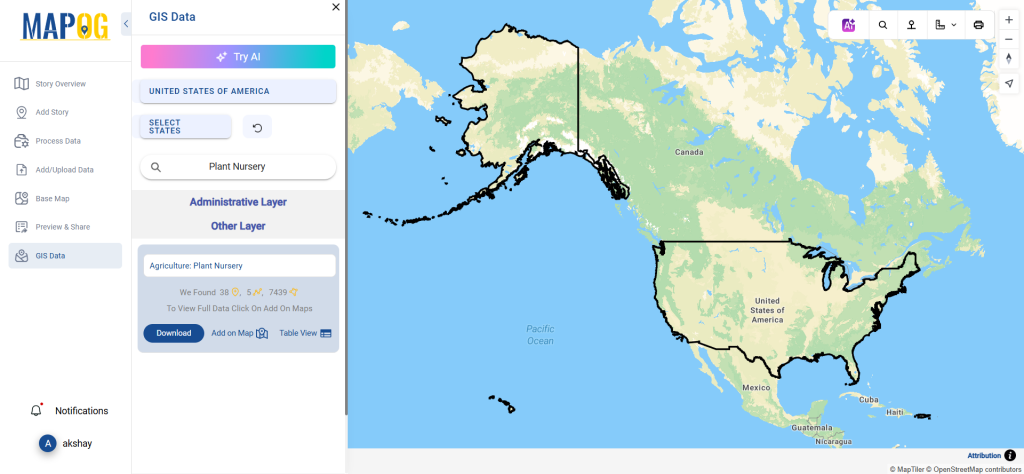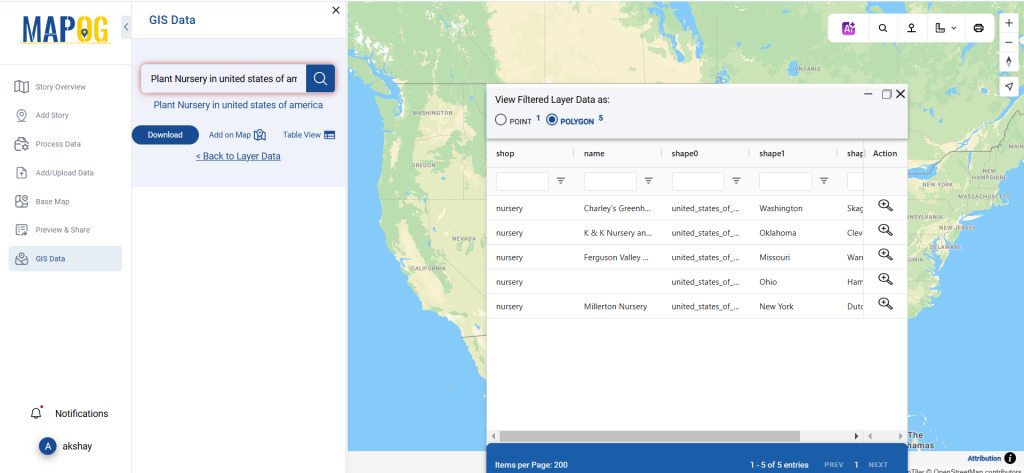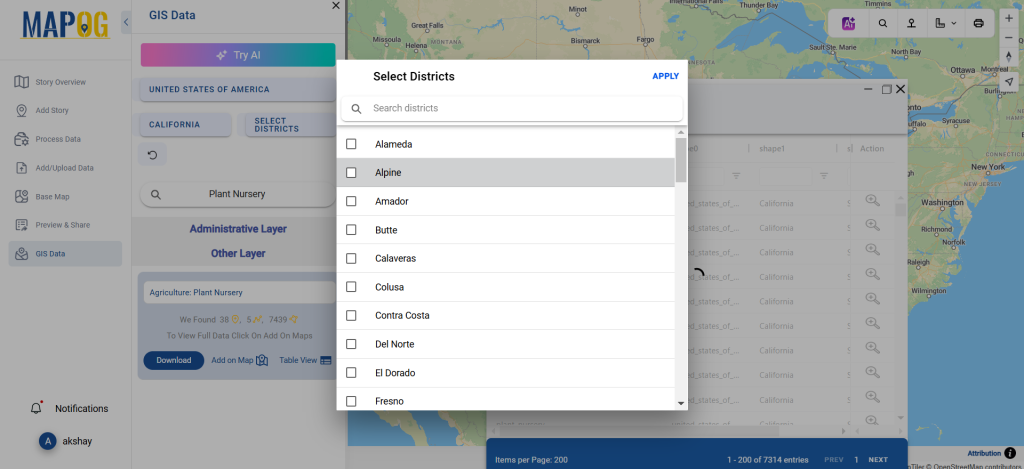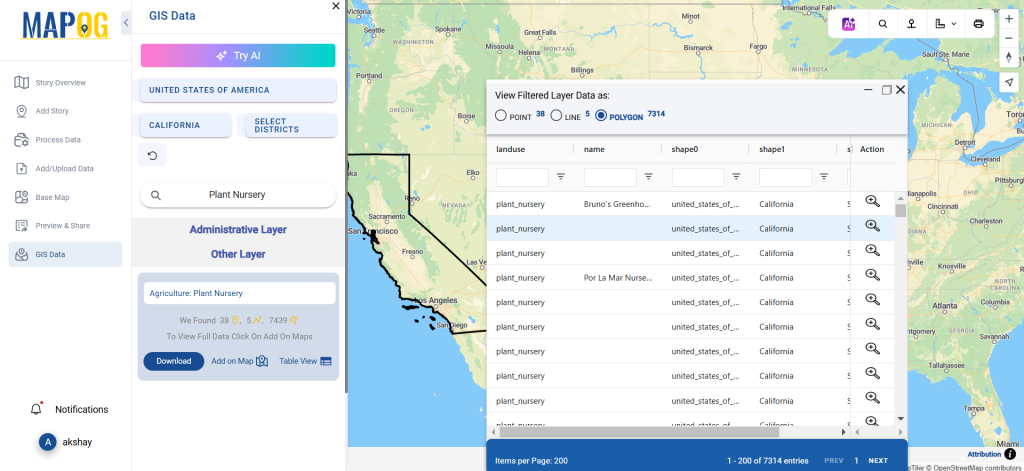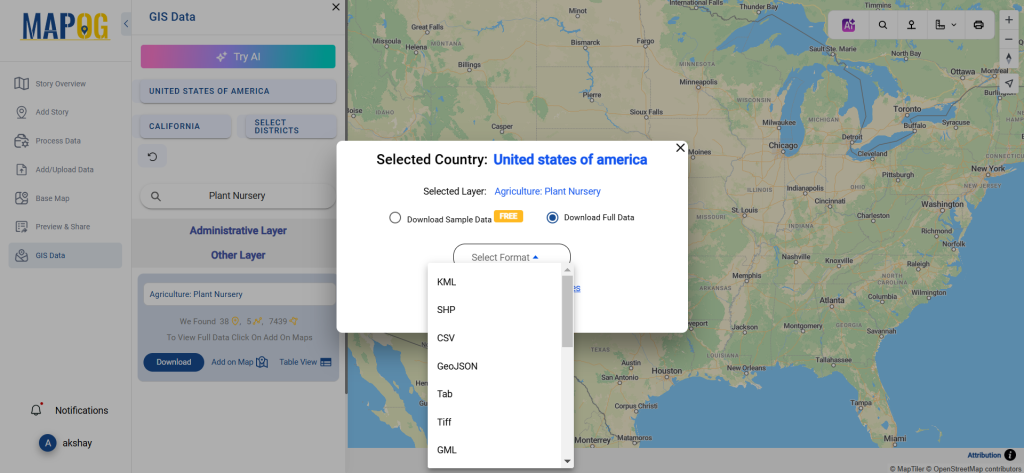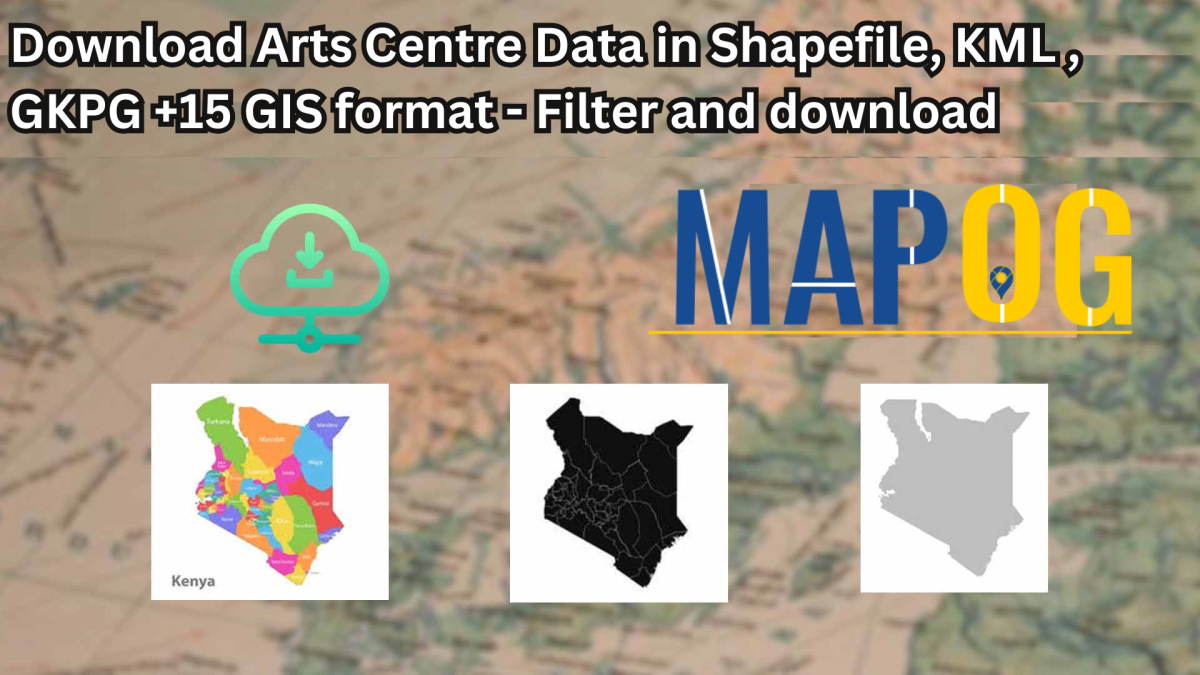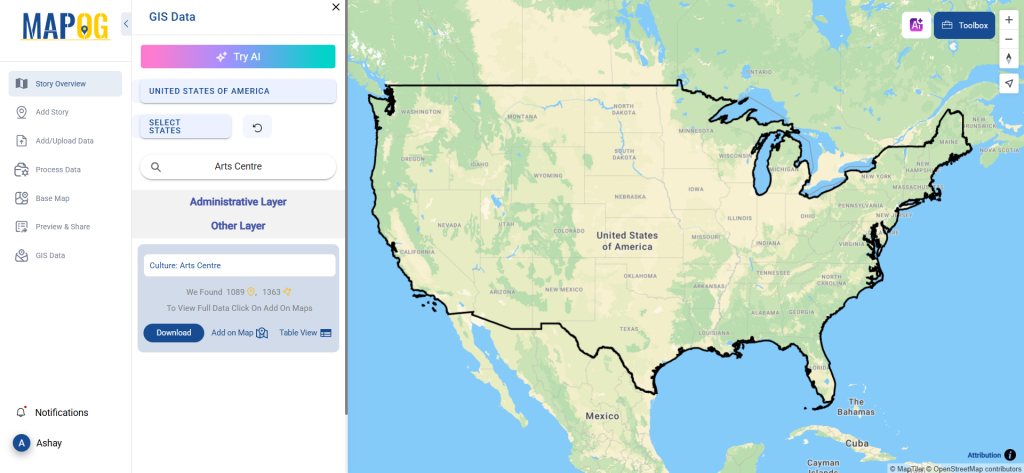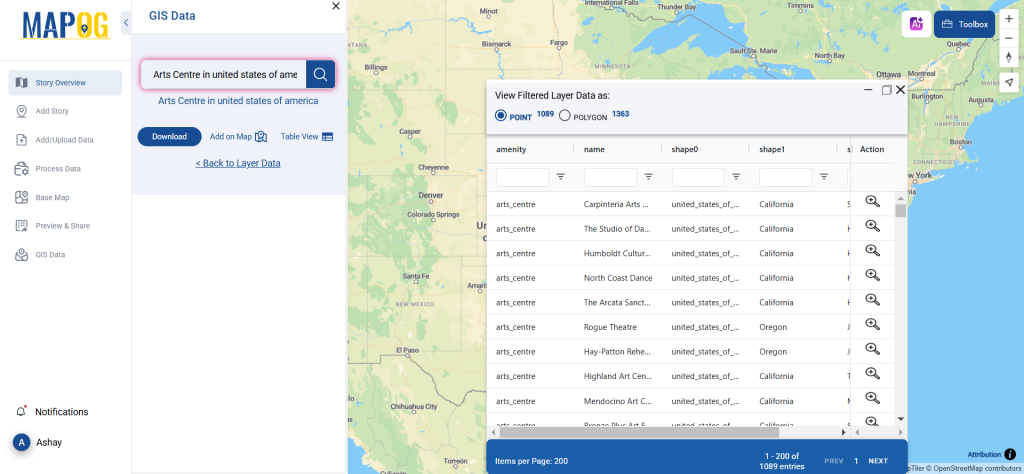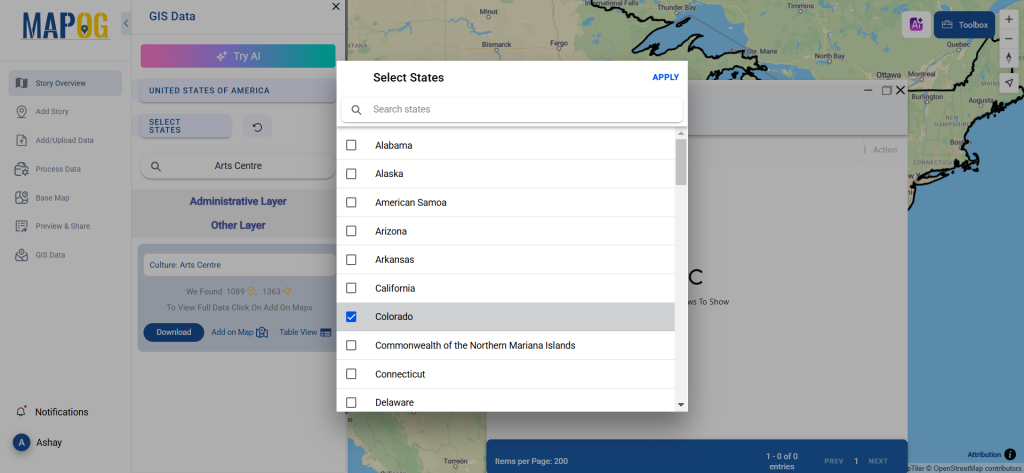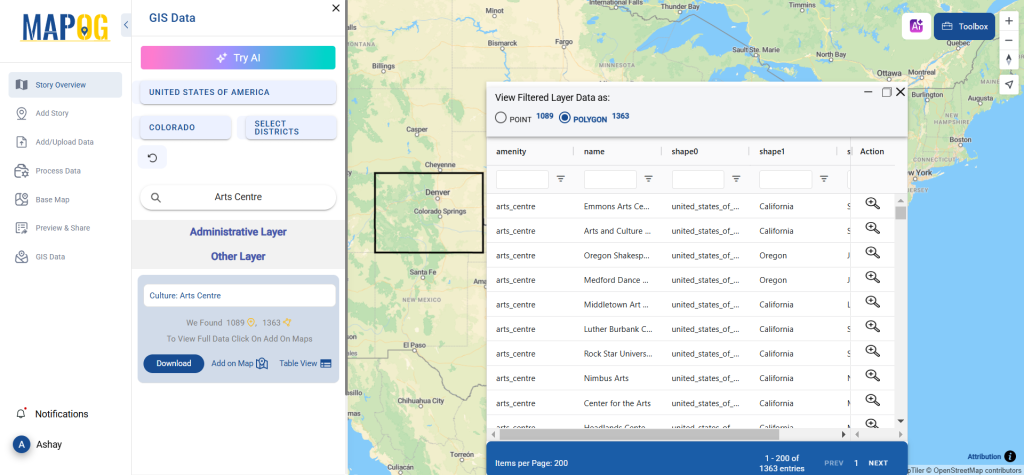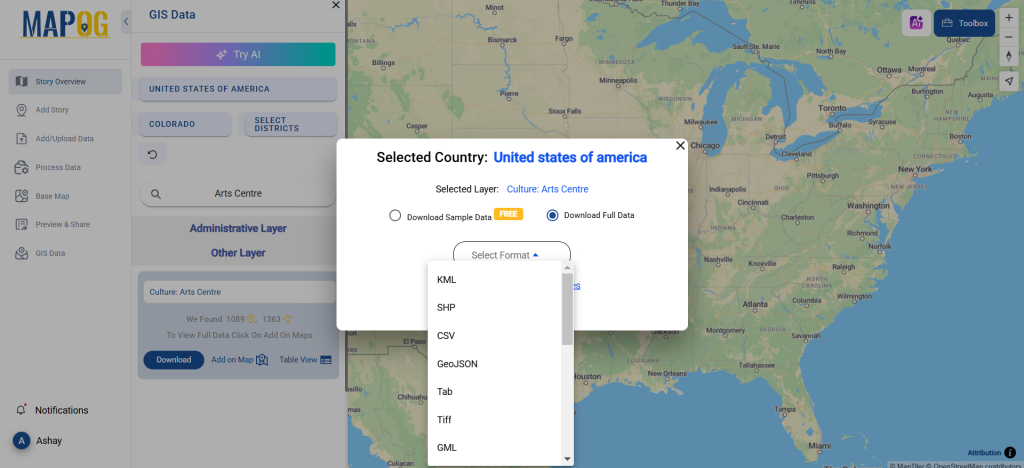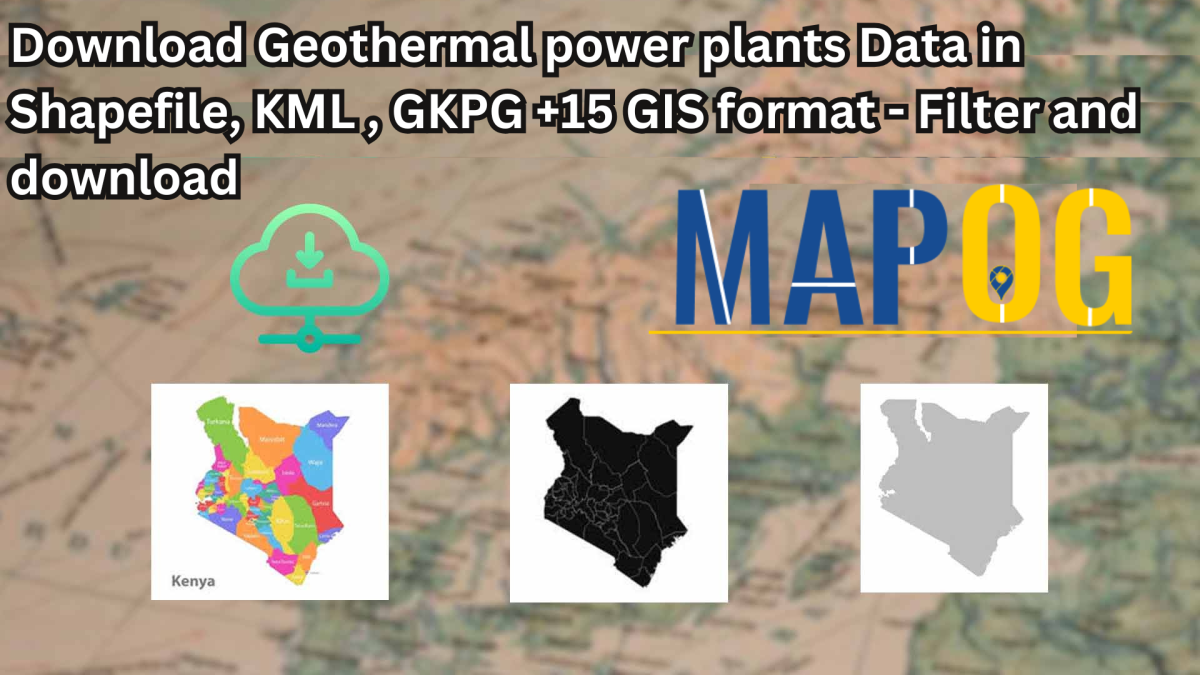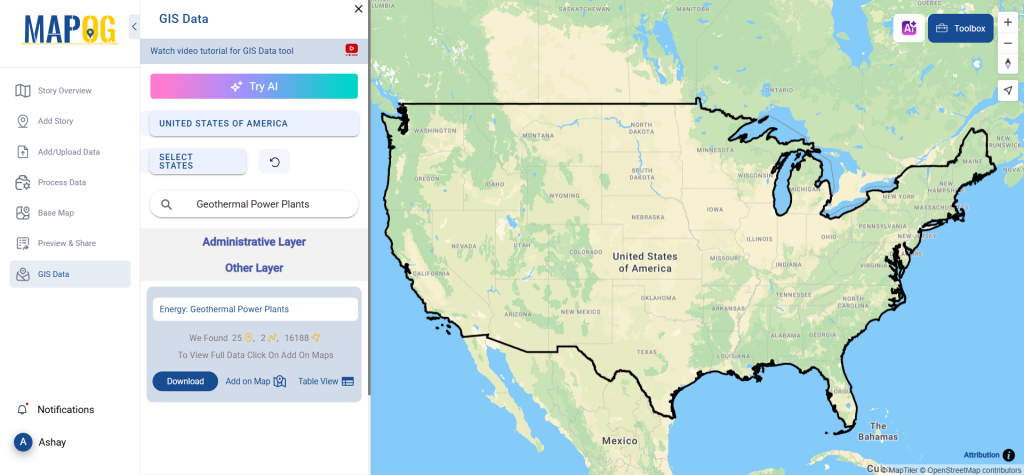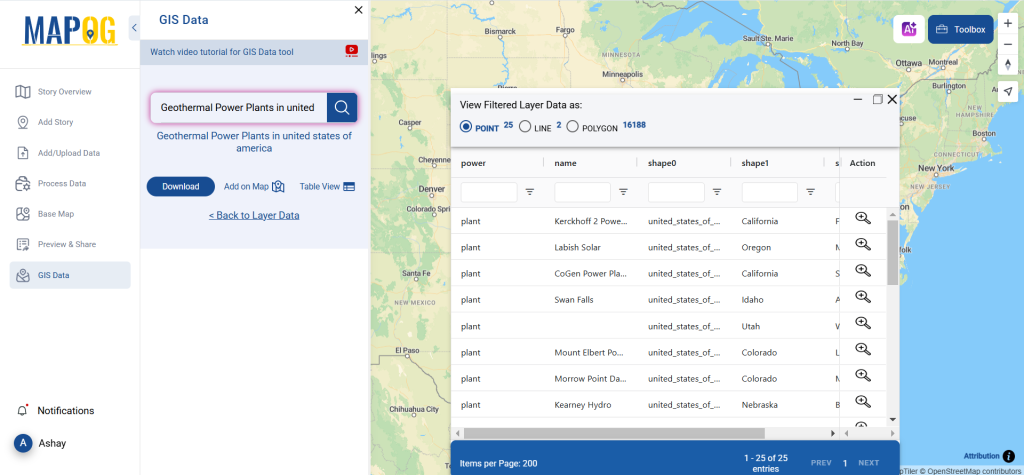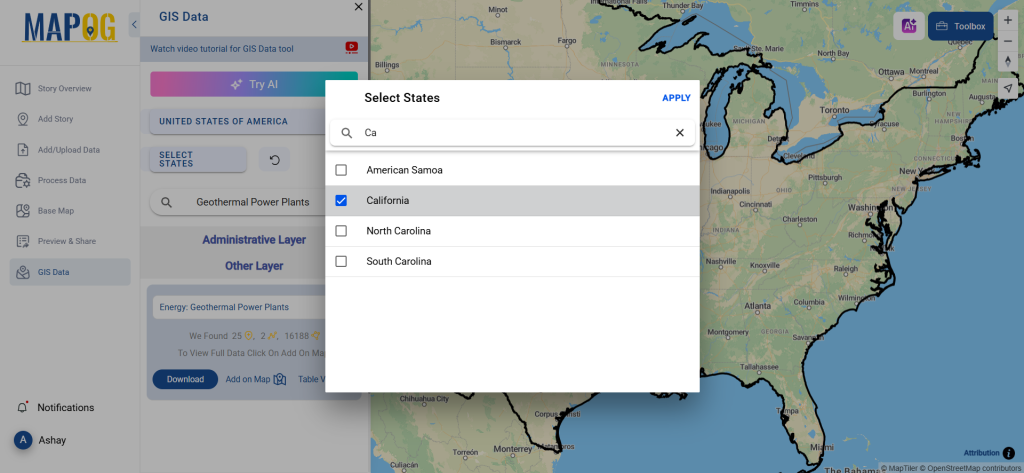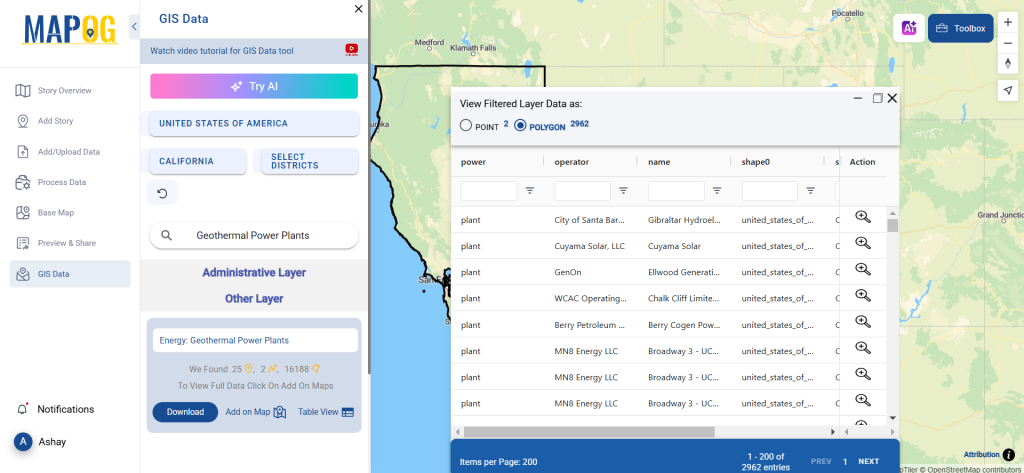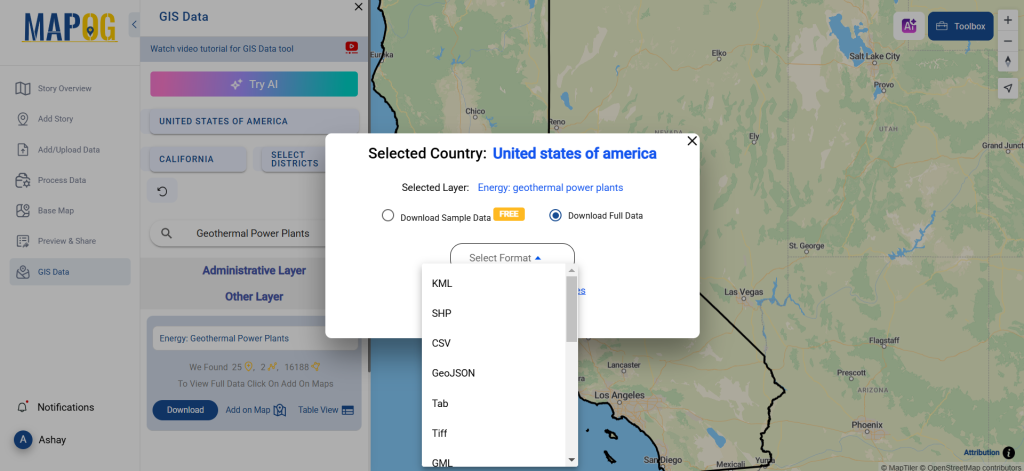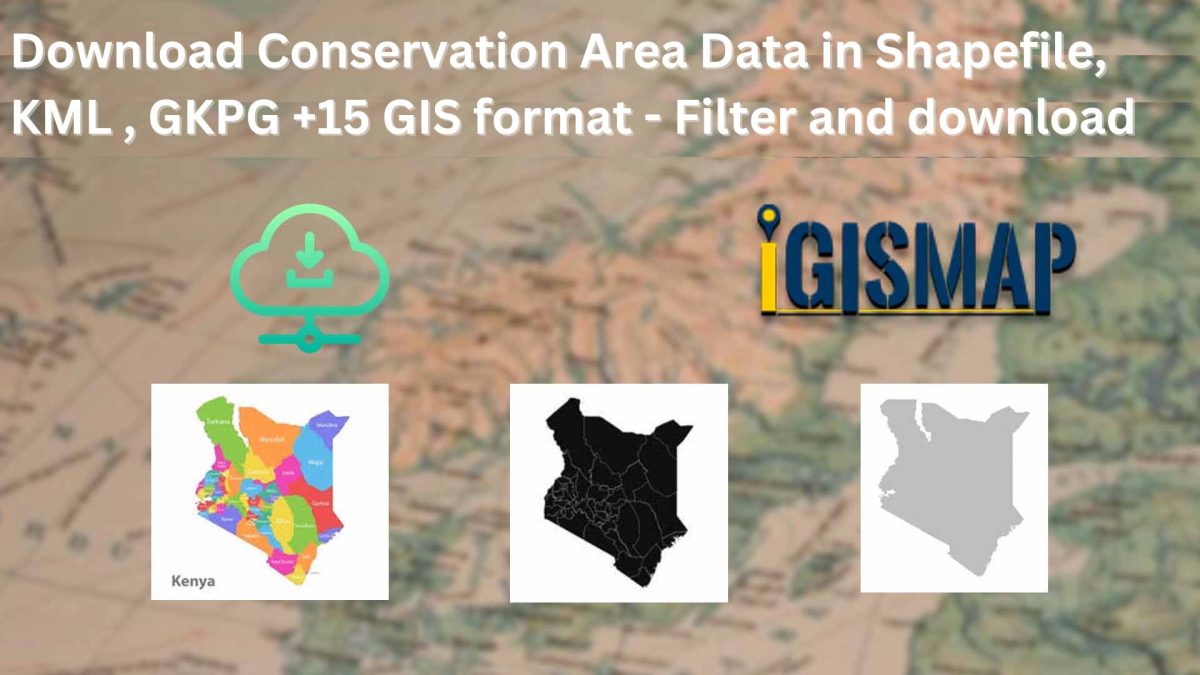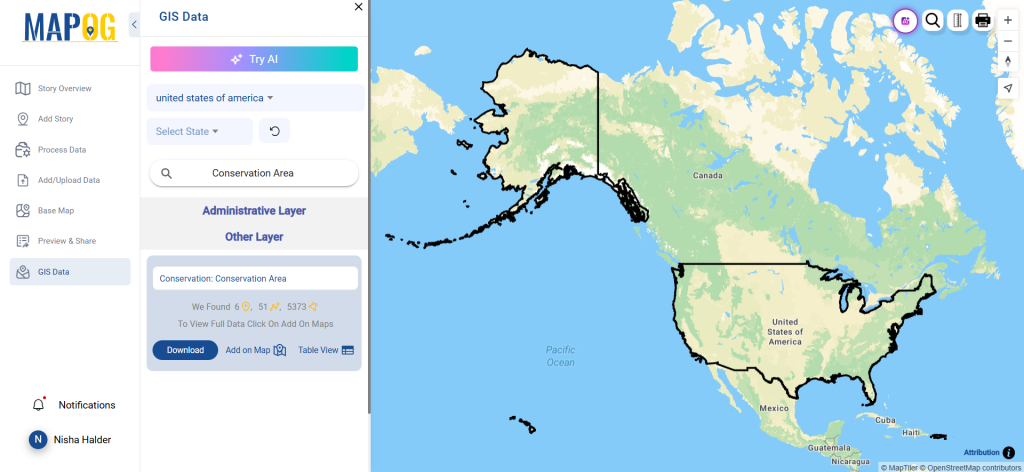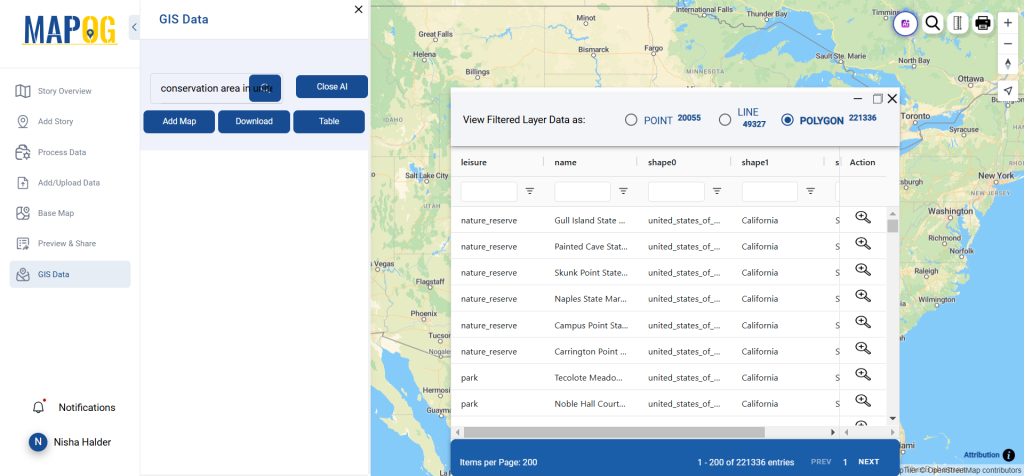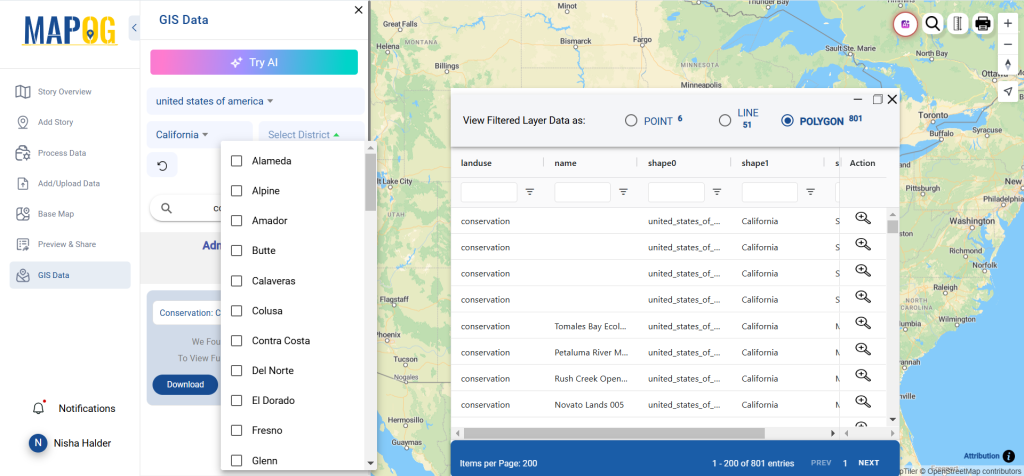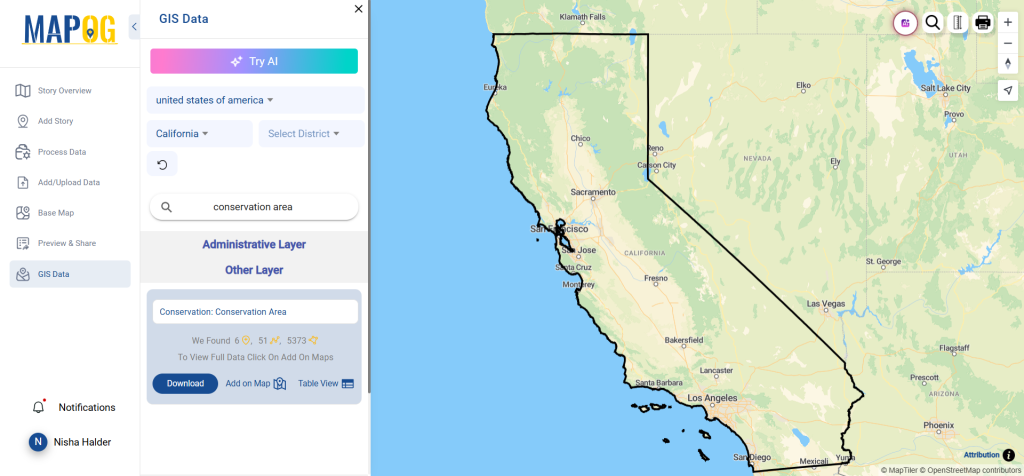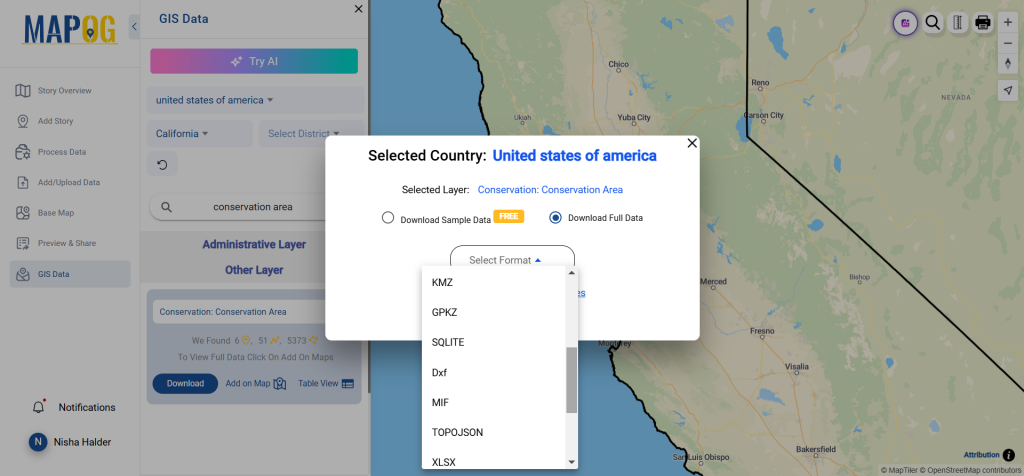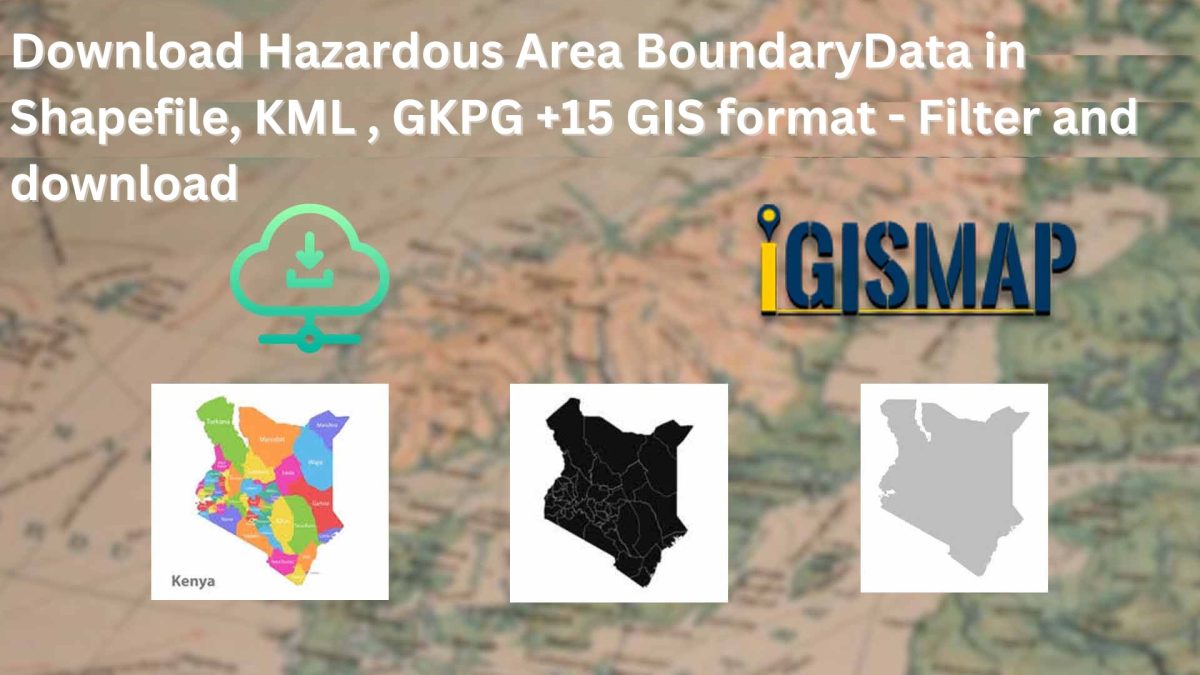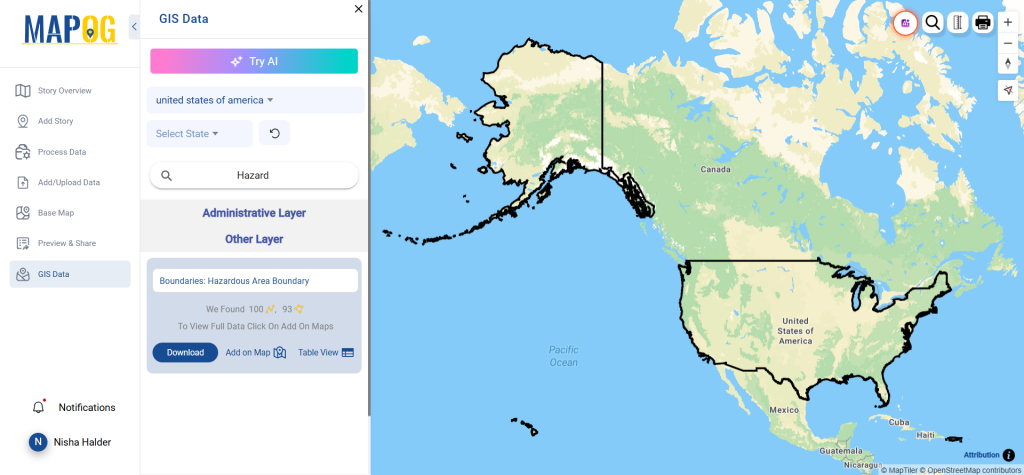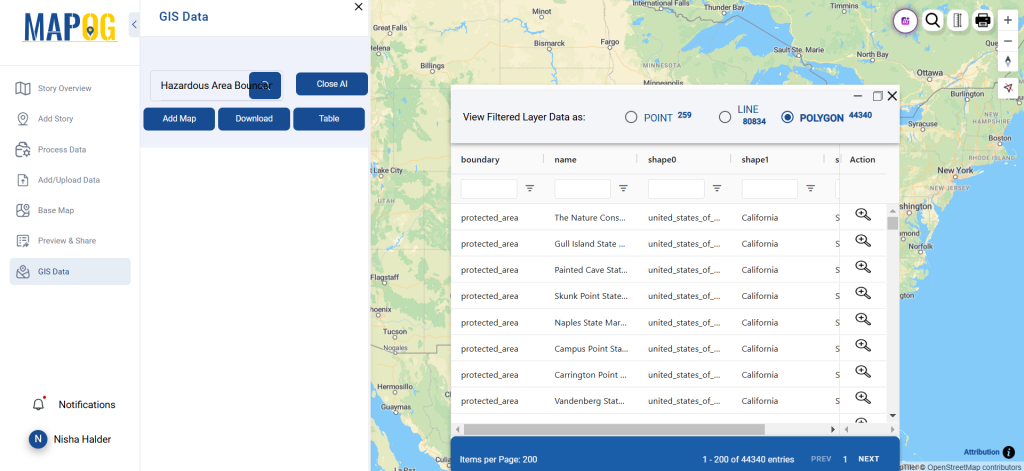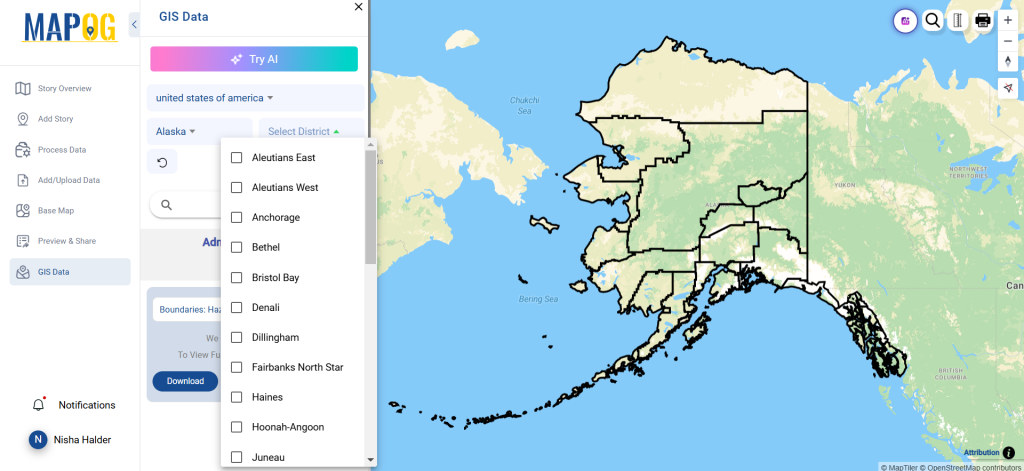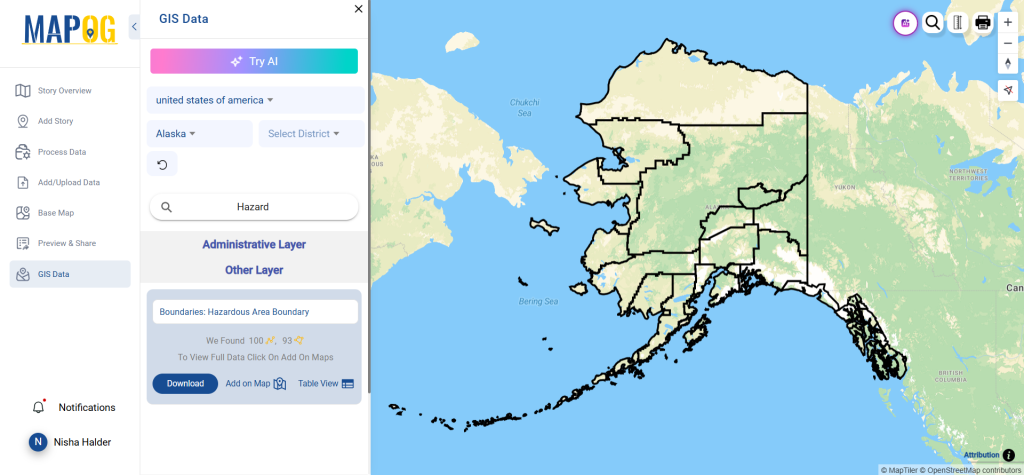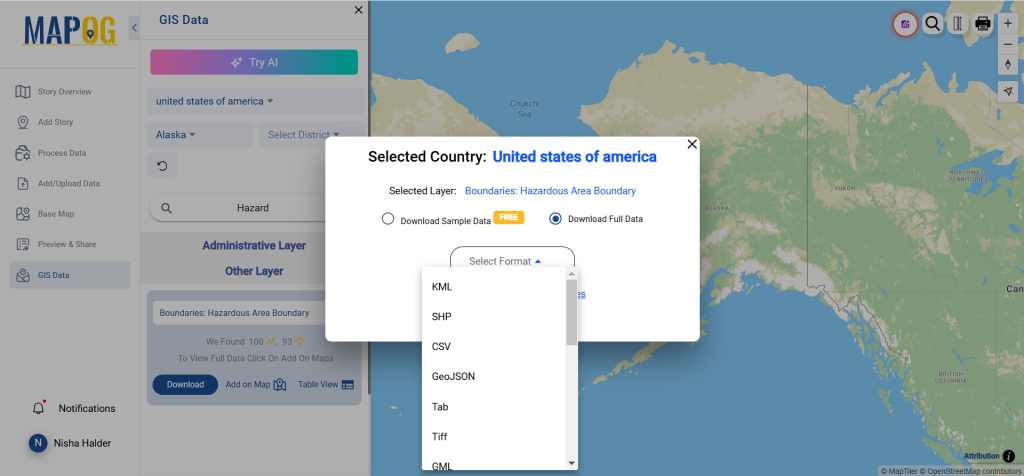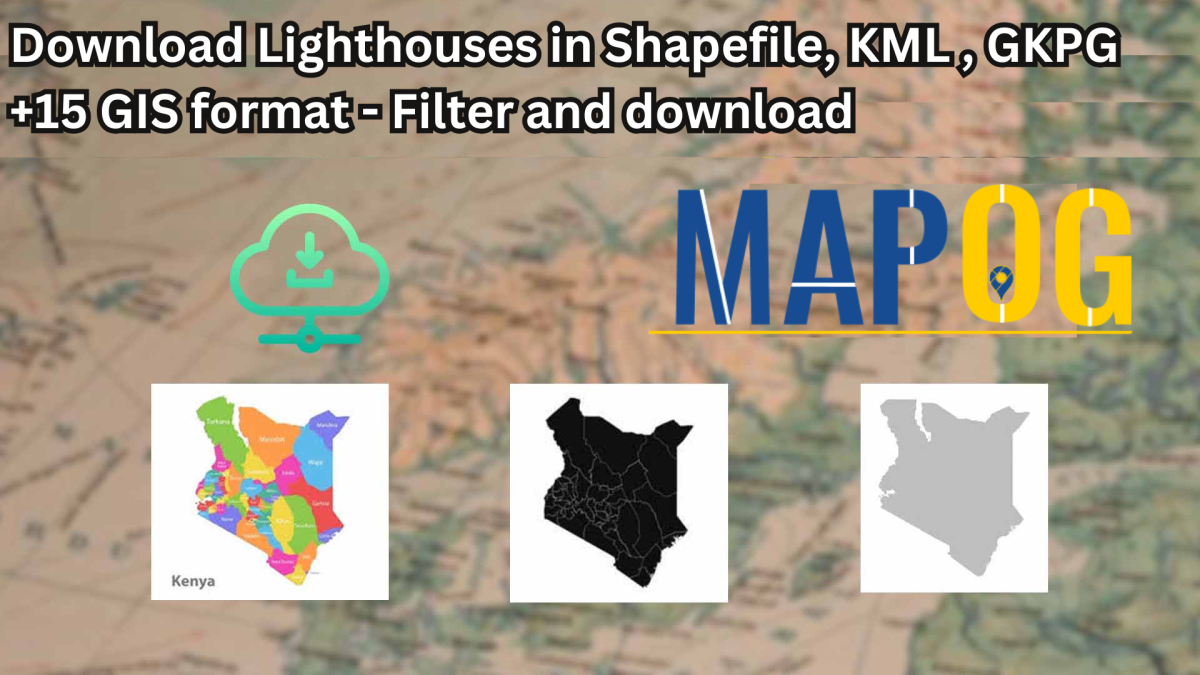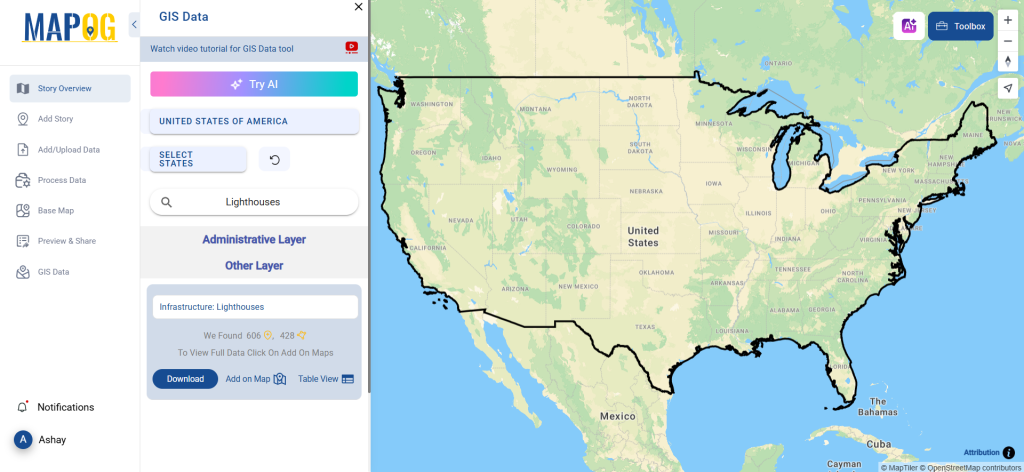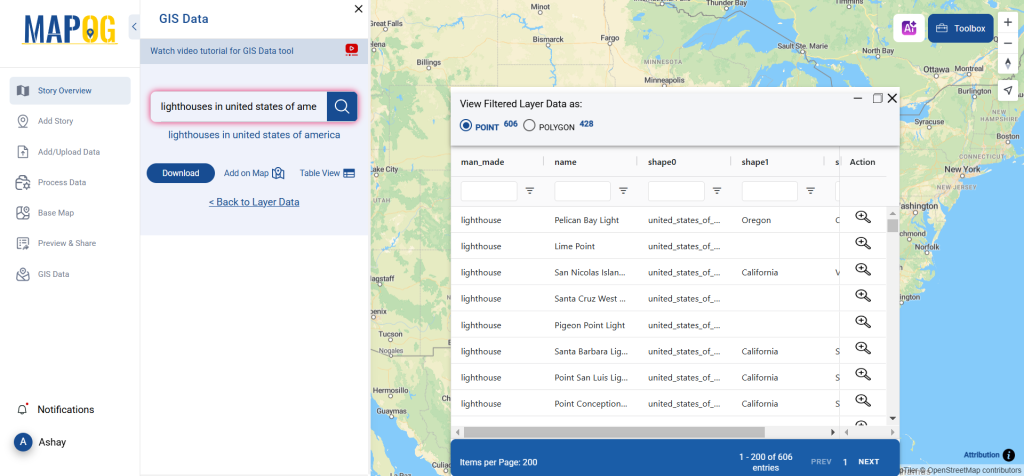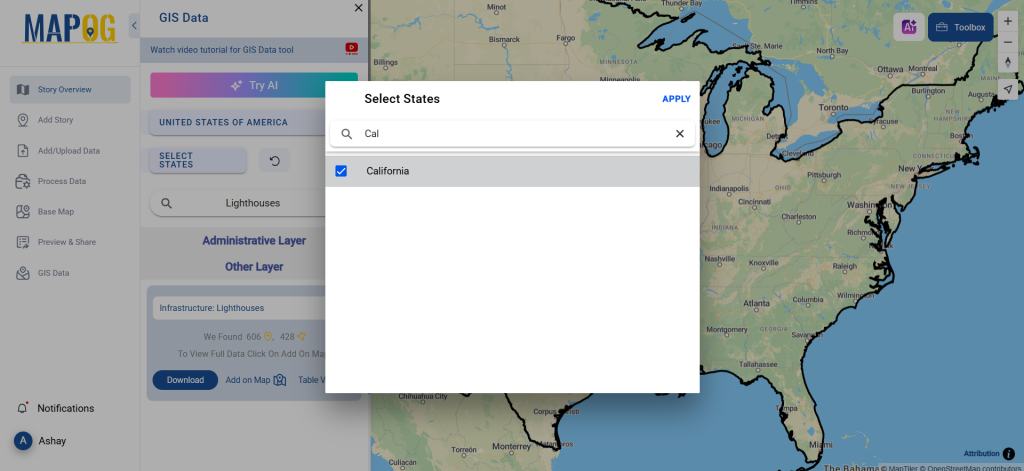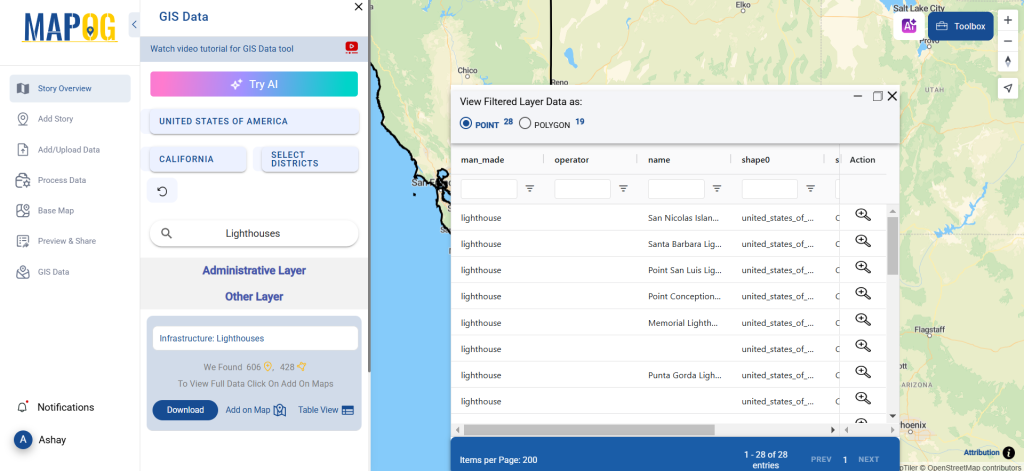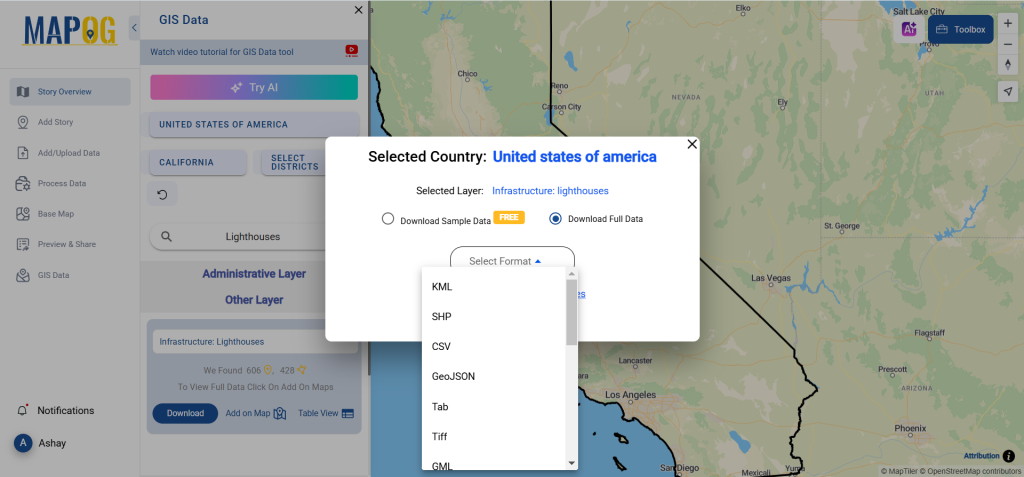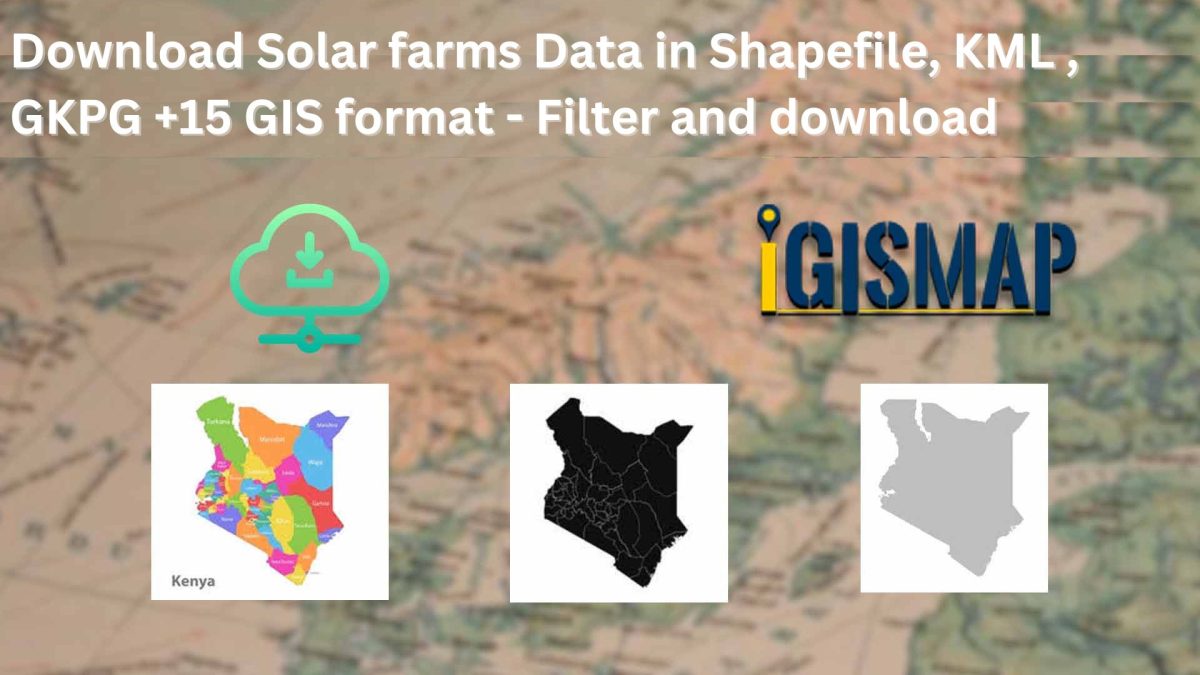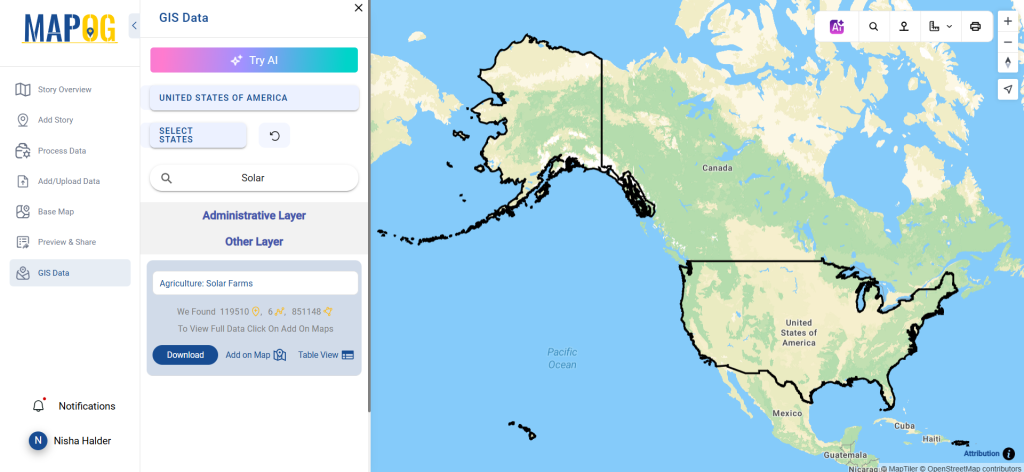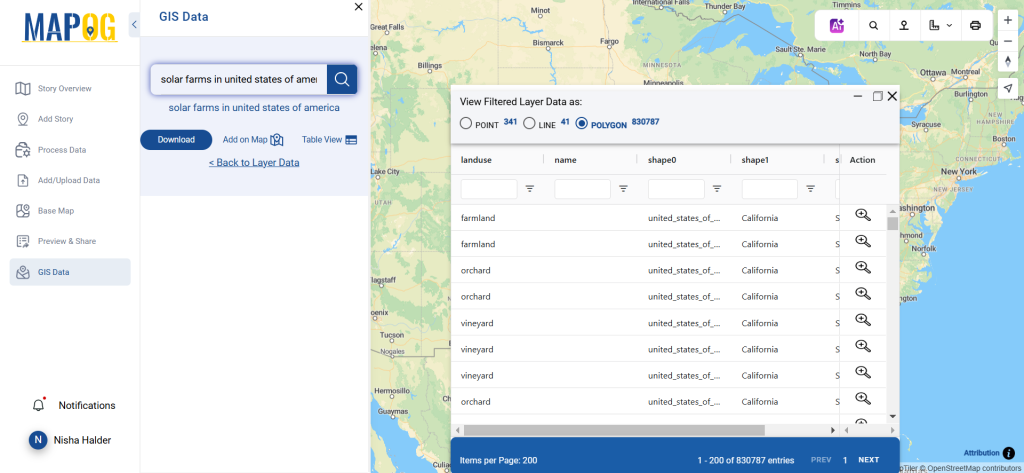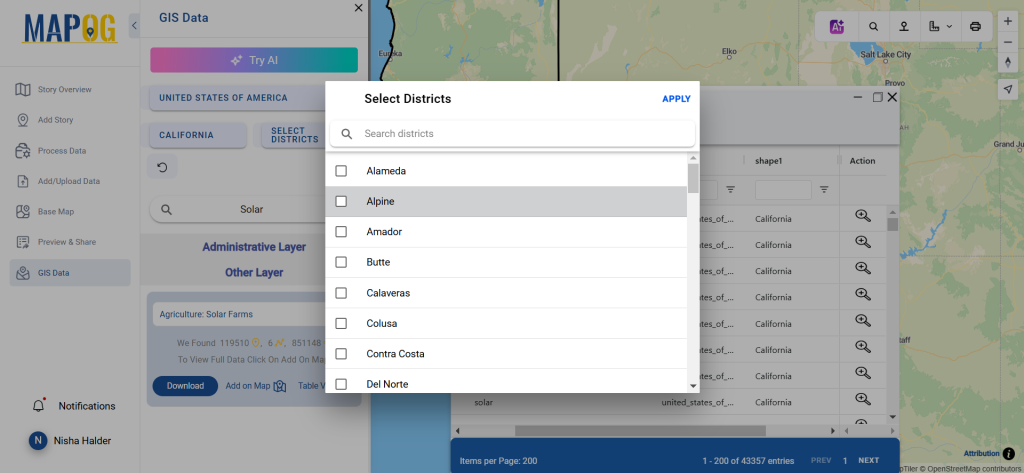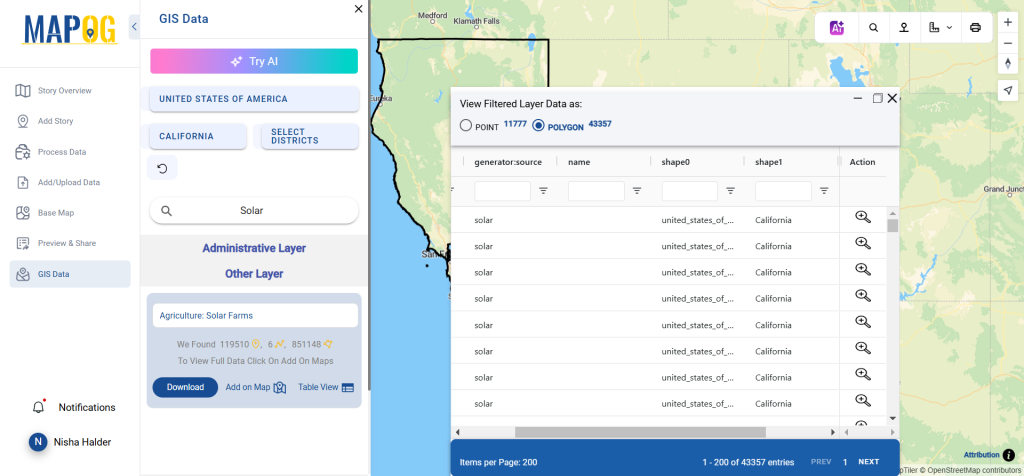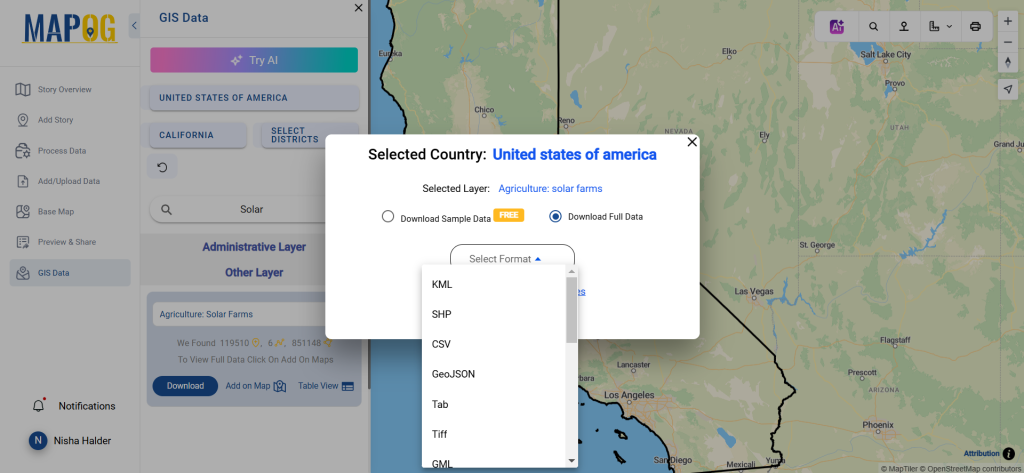GIS Data by MAPOG is a user-friendly platform designed to help users download trails data in multiple GIS formats, including Shapefile, KML, and GeoJSON. Whether you’re mapping hiking routes, bike trails, or off-road paths, this tool provides seamless access to accurate geographic datasets. With its easy-to-use interface, users can efficiently retrieve trails data for detailed spatial analysis.
Why Use GIS Data by MAPOG?
MAPOG simplifies the process of obtaining trails data, offering:
- Access to 200+ countries and 900+ GIS layers.
- A variety of data formats, including Shapefile, KML, CSV, GeoJSON, Tab, SQL, TIFF, KMZ, DXF, MIF, TOPOJSON, XLSX, GPX, ODS, MID, and GPS.
- A step-by-step guided process for easy data retrieval.
Download Trails data of any countries
Note:
- All data is provided in GCS datum EPSG:4326 WGS84 CRS (Coordinate Reference System).
- Users need to log in to access and download their preferred data formats.
Step-by-Step Guide to Download Trails Data
Step 1: Search for ‘Trails Data’
Access the GIS Data section and select your desired country. Use the search layer tool to find Trails data, whether for hiking routes, biking paths, or off-road tracks. Review data attributes such as point, line, or polygon formats to ensure compatibility with your project.
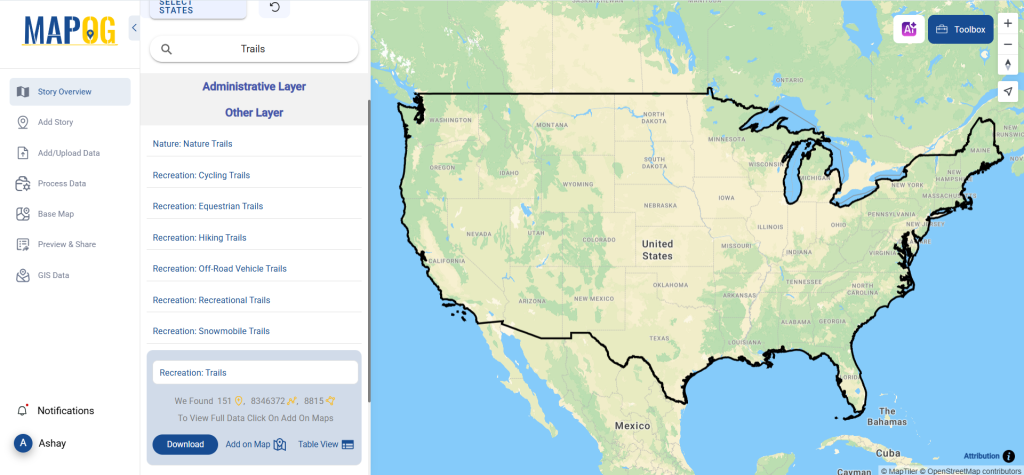
Step 2: Utilize the AI Feature
Try the “Try AI” tool in the upper-left corner. Simply enter the required trails data and location, and the AI will fetch relevant datasets instantly. This feature saves time and enhances search accuracy.
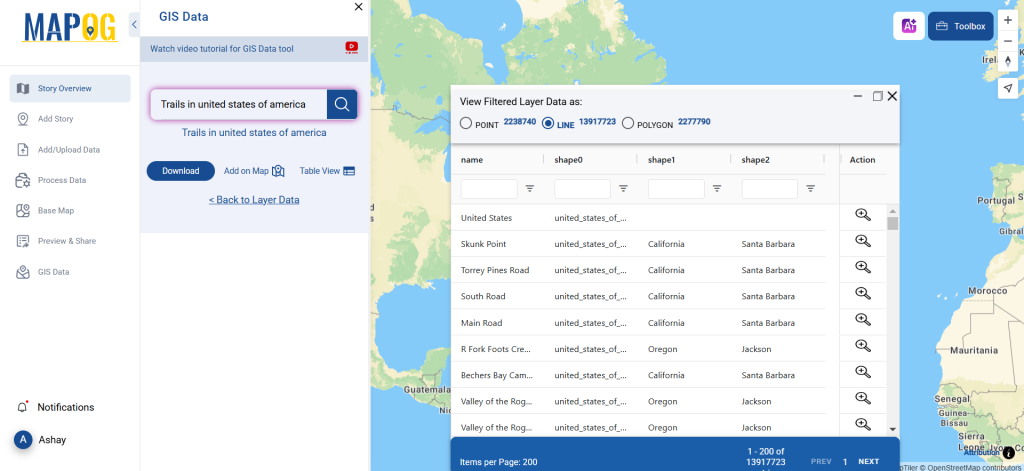
Step 3: Apply Filters for Specific Data
Refine your search using filter options. You can narrow down results by selecting specific states, regions, or districts. This feature is particularly useful for detailed mapping and regional analysis.
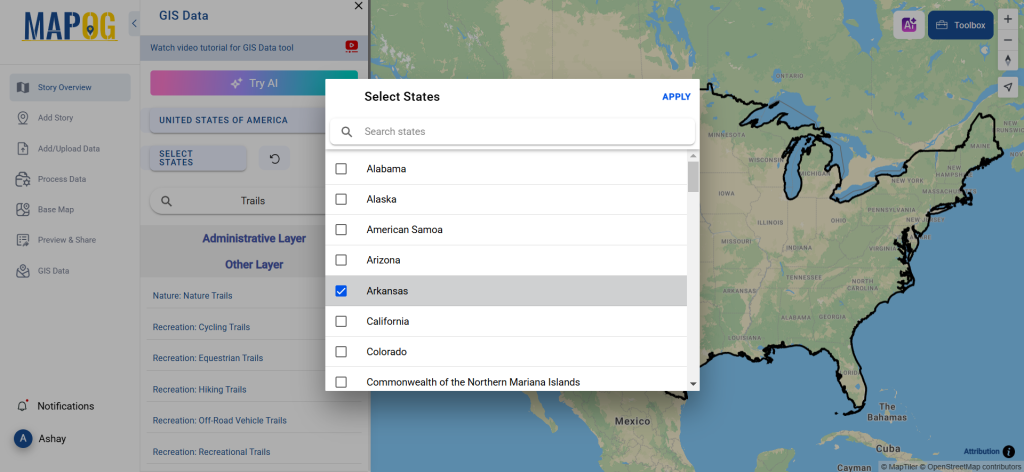
Step 4: Visualize Data on a Map
Use the “Add on Map” feature to overlay trails data on a digital map. This function enhances spatial insights, allowing users to analyze trail connectivity, elevation, and terrain suitability.
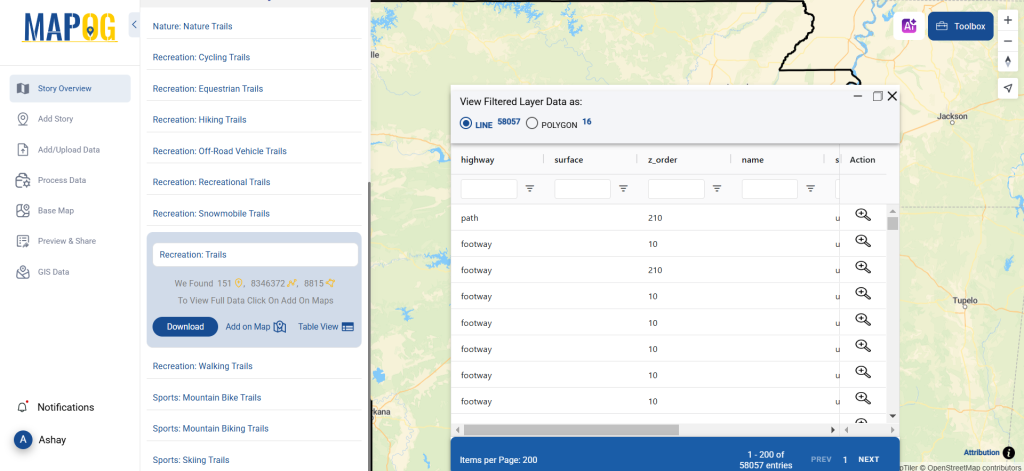
Step 5: Download Trails Data
Click on the “Download Data” button. Choose between sample data or the full dataset based on your requirements. Select your preferred format—Shapefile, KML, GeoJSON, or one of the 15+ supported GIS formats. Agree to the terms and conditions, then initiate the download.
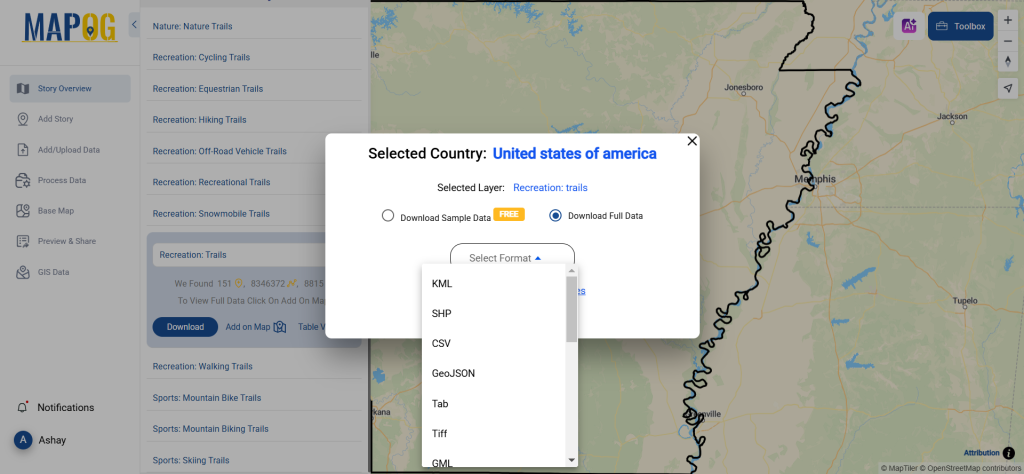
Conclusion
GIS Data by MAPOG provides a powerful solution to download trails data effortlessly. With its diverse format support and advanced search capabilities, users can access and analyze trails efficiently. Whether for outdoor recreation, urban planning, or tourism mapping, this platform offers essential GIS resources for professionals and enthusiasts alike. Get started today and explore the world of trails mapping with ease!
With MAPOG’s versatile toolkit, you can effortlessly upload vector and upload Excel or CSV data, incorporate existing layers, perform polyline splitting, use the converter for various formats, calculate isochrones, and utilize the Export Tool.
For any questions or further assistance, feel free to reach out to us at support@mapog.com. We’re here to help you make the most of your GIS data.
Download Shapefile for the following:
- World Countries Shapefile
- Australia
- Argentina
- Austria
- Belgium
- Brazil
- Canada
- Denmark
- Fiji
- Finland
- Germany
- Greece
- India
- Indonesia
- Ireland
- Italy
- Japan
- Kenya
- Lebanon
- Madagascar
- Malaysia
- Mexico
- Mongolia
- Netherlands
- New Zealand
- Nigeria
- Papua New Guinea
- Philippines
- Poland
- Russia
- Singapore
- South Africa
- South Korea
- Spain
- Switzerland
- Tunisia
- United Kingdom Shapefile
- United States of America
- Vietnam
- Croatia
- Chile
- Norway
- Maldives
- Bhutan
- Colombia
- Libya
- Comoros
- Hungary
- Laos
- Estonia
- Iraq
- Portugal
- Azerbaijan
- Macedonia
- Romania
- Peru
- Marshall Islands
- Slovenia
- Nauru
- Guatemala
- El Salvador
- Afghanistan
- Cyprus
- Syria
- Slovakia
- Luxembourg
- Jordan
- Armenia
- Haiti And Dominican Republic
- Malta
- Djibouti
- East Timor
- Micronesia
- Morocco
- Liberia
- Kosovo
- Isle Of Man
- Paraguay
- Tokelau
- Palau
- Ile De Clipperton
- Mauritius
- Equatorial Guinea
- Tonga
- Myanmar
- Thailand
- New Caledonia
- Niger
- Nicaragua
- Pakistan
- Nepal
- Seychelles
- Democratic Republic of the Congo
- China
- Kenya
- Kyrgyzstan
- Bosnia Herzegovina
- Burkina Faso
- Canary Island
- Togo
- Israel And Palestine
- Algeria
- Suriname
- Angola
- Cape Verde
- Liechtenstein
- Taiwan
- Turkmenistan
- Tuvalu
- Ivory Coast
- Moldova
- Somalia
- Belize
- Swaziland
- Solomon Islands
- North Korea
- Sao Tome And Principe
- Guyana
- Serbia
- Senegal And Gambia
- Faroe Islands
- Guernsey Jersey
- Monaco
- Tajikistan
- Pitcairn
Disclaimer : The GIS data provided for download in this article was initially sourced from OpenStreetMap (OSM) and further modified to enhance its usability. Please note that the original data is licensed under the Open Database License (ODbL) by the OpenStreetMap contributors. While modifications have been made to improve the data, any use, redistribution, or modification of this data must comply with the ODbL license terms. For more information on the ODbL, please visit OpenStreetMap’s License Page.
Here are some blogs you might be interested in:
- Download Airport data in Shapefile, KML , MIf +15 GIS format – Filter and download
- Download Bank Data in Shapefile, KML, GeoJSON, and More – Filter and Download
- Download Railway data in Shapefile, KML, GeojSON +15 GIS format
- Download Farmland Data in Shapefile, KML, GeoJSON, and More – Filter and Download
- Download Pharmacy Data in Shapefile, KML, GeoJSON, and More – Filter and Download
- Download ATM Data in Shapefile, KML, MID +15 GIS Formats Using GIS Data by MAPOG
- Download Road Data in Shapefile, KML, GeoJSON, and 15+ GIS Form
